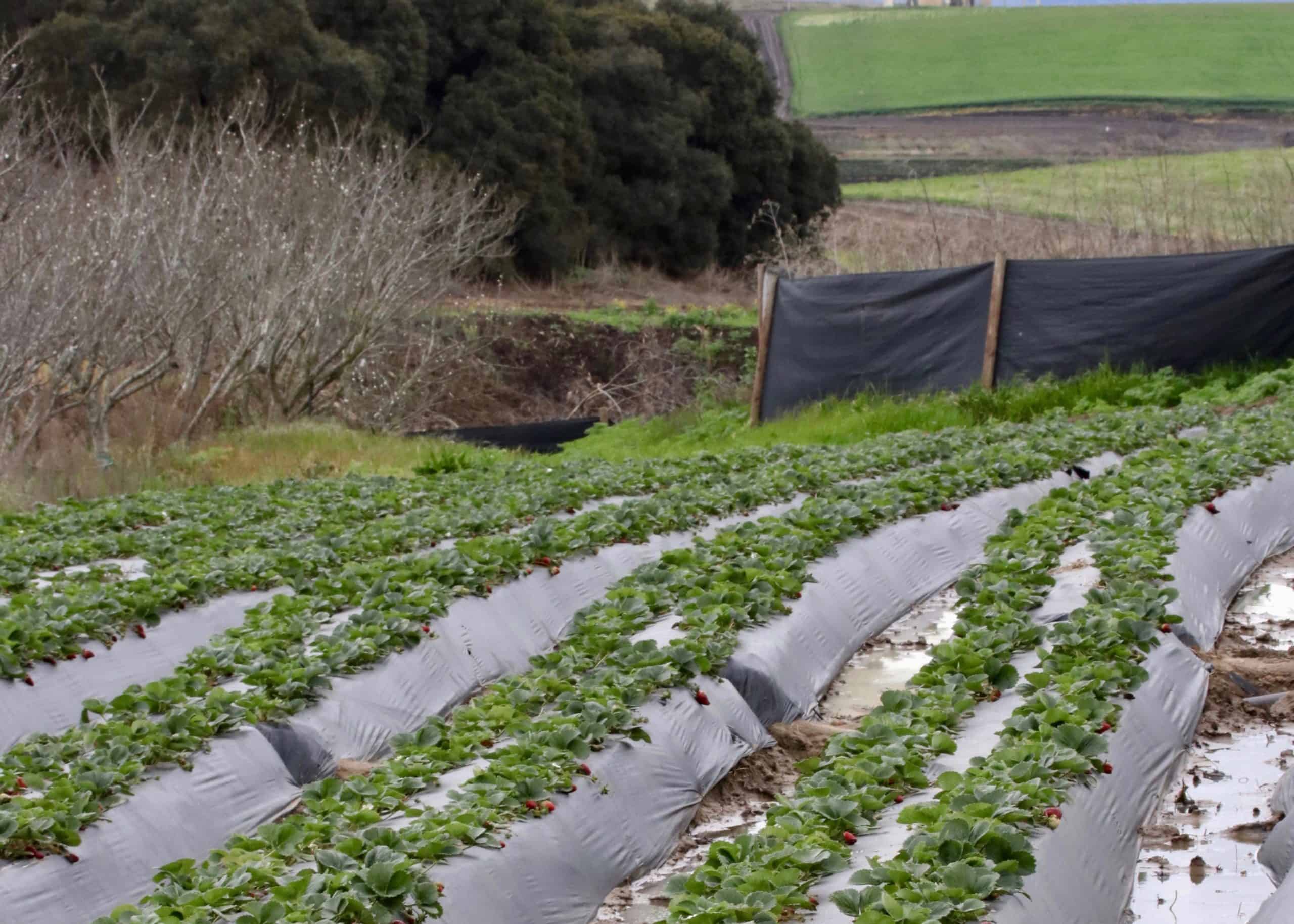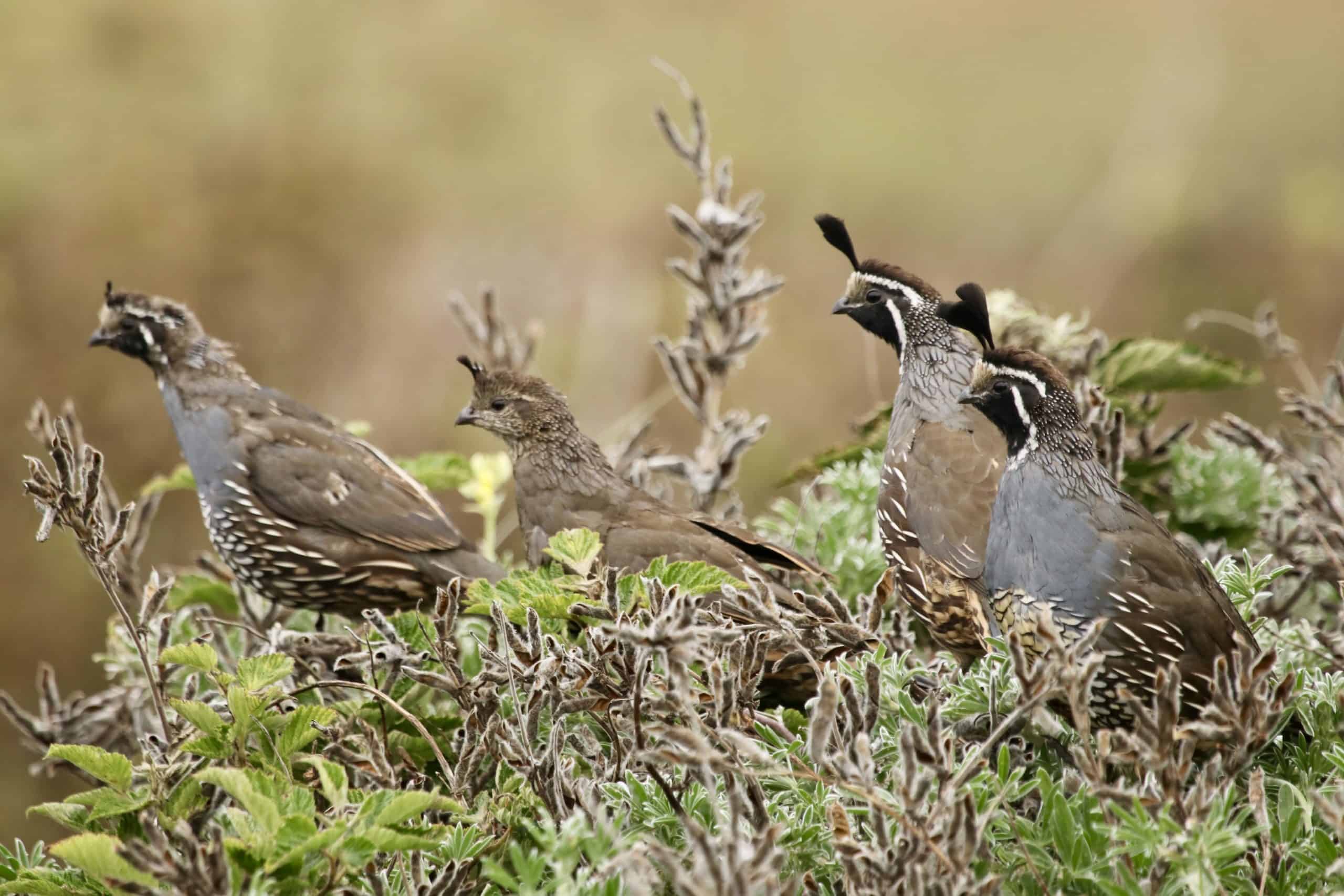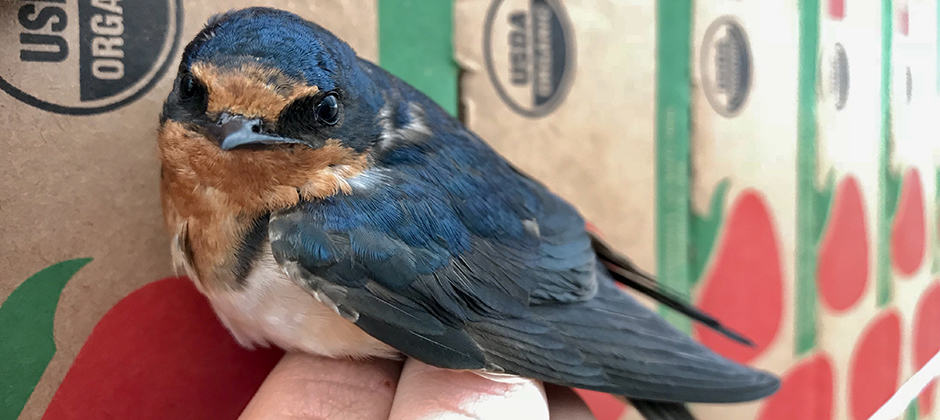Share this article
A ‘win-win’ for birds and farmers
Birds and farmers don’t always get along, but on California’s Central Coast, researchers found that strawberry farmers can benefit birds while taking advantage of pest removal and other ecosystem services that birds provide. On farms surrounded by natural areas, birds carried fewer foodborne pathogens and caused less crop damage.
“Private lands are critical to conservation,” said Elissa Olimpi, a postdoctoral researcher at Virginia Tech. “There are a limited amount of protected areas, so farms can serve to complement those areas and connect them.”
After an E. coli outbreak in bagged spinach was linked to wild animals, many farmers in California’s Central Coast have been pressured not to provide resources for wildlife, Olimpi said, but birds can’t easily be kept away.
She wondered what benefits and costs birds have for strawberry farms in California. Could farms support wildlife? Could the wildlife then help support the farms?
“Birds are going to be on the farm,” she said. “And we can live with them.”

Rows of strawberries grow next to shrubs and trees on California’s Central Coast. Credit: Danny Karp/UC Davis
She led a study published in the Journal of Applied Ecology looking at landscapes in and around 21 strawberry fields on California’s Central Coast. Her team recorded what the birds were eating and if they were carrying foodborne pathogens.
“Strawberries and other fruits are very attractive to animals,” said Olimpi who was a postdoctoral researcher at UC Davis at the time. “But we also know wildlife can provide a lot of benefits, with one of the main ones that people think about being pest control.” At the same time, the team knew that some insects are beneficial to crops, and birds can eat those, too.
To conduct the research, Olimpi and her colleagues looked at farms that acted as a monoculture and others that were more diversified, with hedgerows and resources for birds. They also made note of the surrounding landscape. “Was it a farm in a sea of other farms, or a farm next to more natural area?” she said.
Using mist nets, they captured birds at the farms and collected fecal samples. DNA metabarcoding allowed them to uncover what the birds were eating to see if they were eating the farmers’ strawberry crops; feeding on other fruits, like raspberries or blackberries; and what kinds of insects or other arthropods they were eating. They could then determine if those arthropods were pests or if they were beneficial to the farmers. They also tested for foodborne pathogens in the feces.
Some species like barn swallows (Hirundo rustica) and California quail (Callipepla californica), they found, brought the most benefits to farmlands. They were also more likely to consume pests and less likely to carry foodborne pathogens.
But overall, they found sweeping evidence that birds benefited strawberry farms by providing pest control when the farms had more natural landscape conserved around them. They also had the least cost on the farms. “That means they are less likely to damage crops by eating fewer strawberries, and they’re less likely to carry foodborne pathogens.”

California quail provided more benefits than costs to strawberry farmers. Credit: Danny Karp/UC Davis
Olimpi thinks birds may eat fewer strawberries because the natural areas offer them safer alternatives. Birds may face a greater risk from raptors when they are out in the open eating from fields, but natural lands help them hide from predators, she said. Larger, intensive farm landscapes also have more bird species like blackbirds (Turdus merula) and starlings that may be more likely to pass along pathogens that cause foodborne illnesses. Natural areas nearby may have more diverse species that spread pathogens less.
Food safety measures don’t need to deter wildlife conservation, Olimpi said. “I think there are many opportunities with this kind of work where we find win-win situations,” she said.
Header Image: Barn swallows can benefit strawberry farms by consuming harmful insects. Credit: Elissa Olimpi/UC Davis








